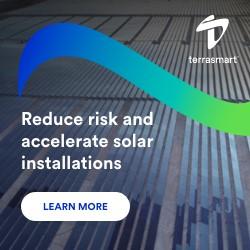Lithium vs Lead Batteries: Which is Best for Your Home Energy Storage System?
SeaVolt to Launch a First of a Kind Solar Energy Test Platform
Sailing Seas of Data: Startup Charts Autonomous Oceanic Monitoring
After Soaring for Years, Solar PPA Prices Show Signs of Stabilization in Q2, According to LevelTen Energy's PPA Price Index
Powering Pleasanton Corporate Commons With Clean Energy
Let's Widen Our Idea of Energy Storage
81 Inverters for 10 MW: SMA Equips Australia`s Largest PV Rooftop Solar System
Solar Water Pumps - a Way Towards Improving the Drinking Water, Sanitation and Hygiene Services in Rural Schools
The Future of Indoor Solar Cells
EP Cube the First Modular Residential Battery System
Solar Power in The UK - The Fall and Rise of an Industry
Solar Financing for Small to Medium Sized Commercial Properties
Community Solar Project at Carraway Apartments
Tandem Solar Cells: Unlocking the Potential of Dual-Layer Solar Technology
Looking Forward at the Future of EV Battery Development
Records 226 to 240 of 3117
First | Previous | Next | Last
Featured Product

